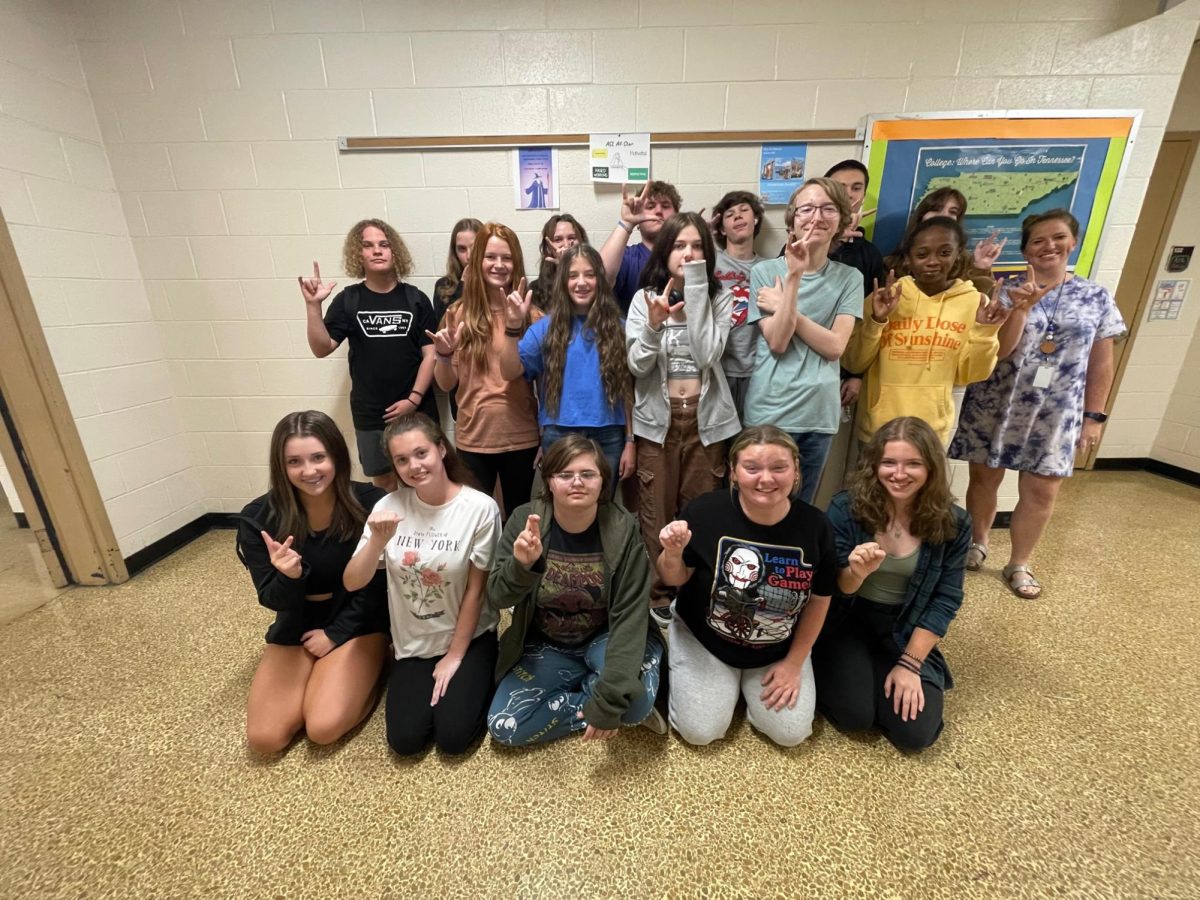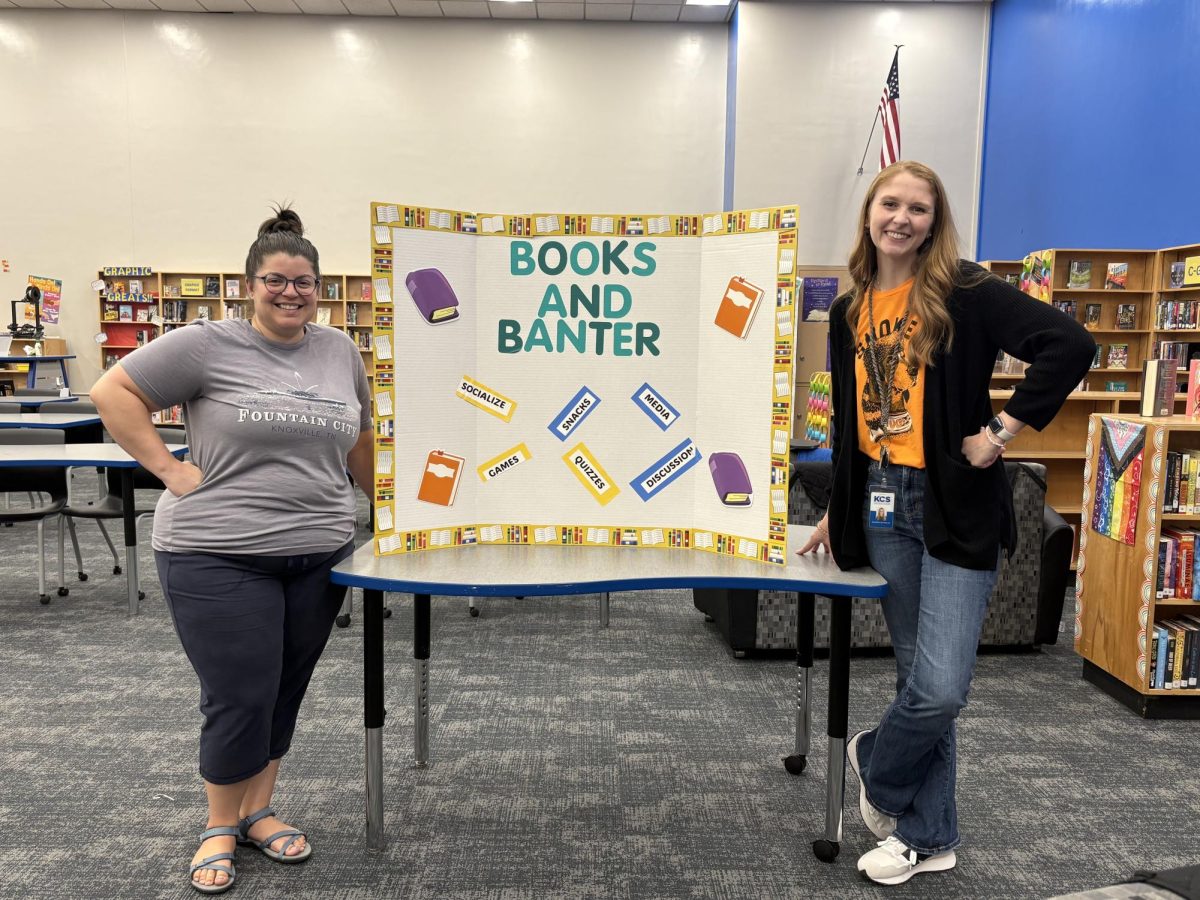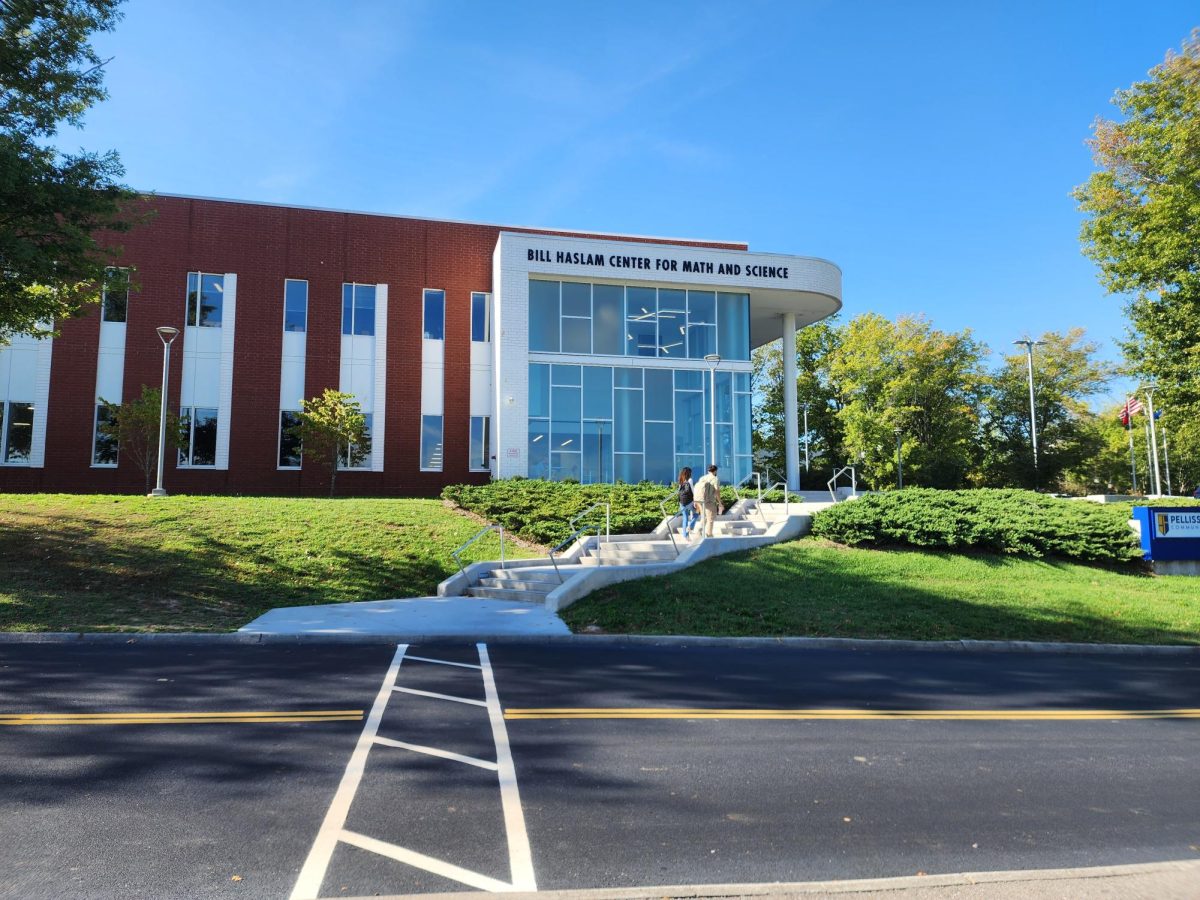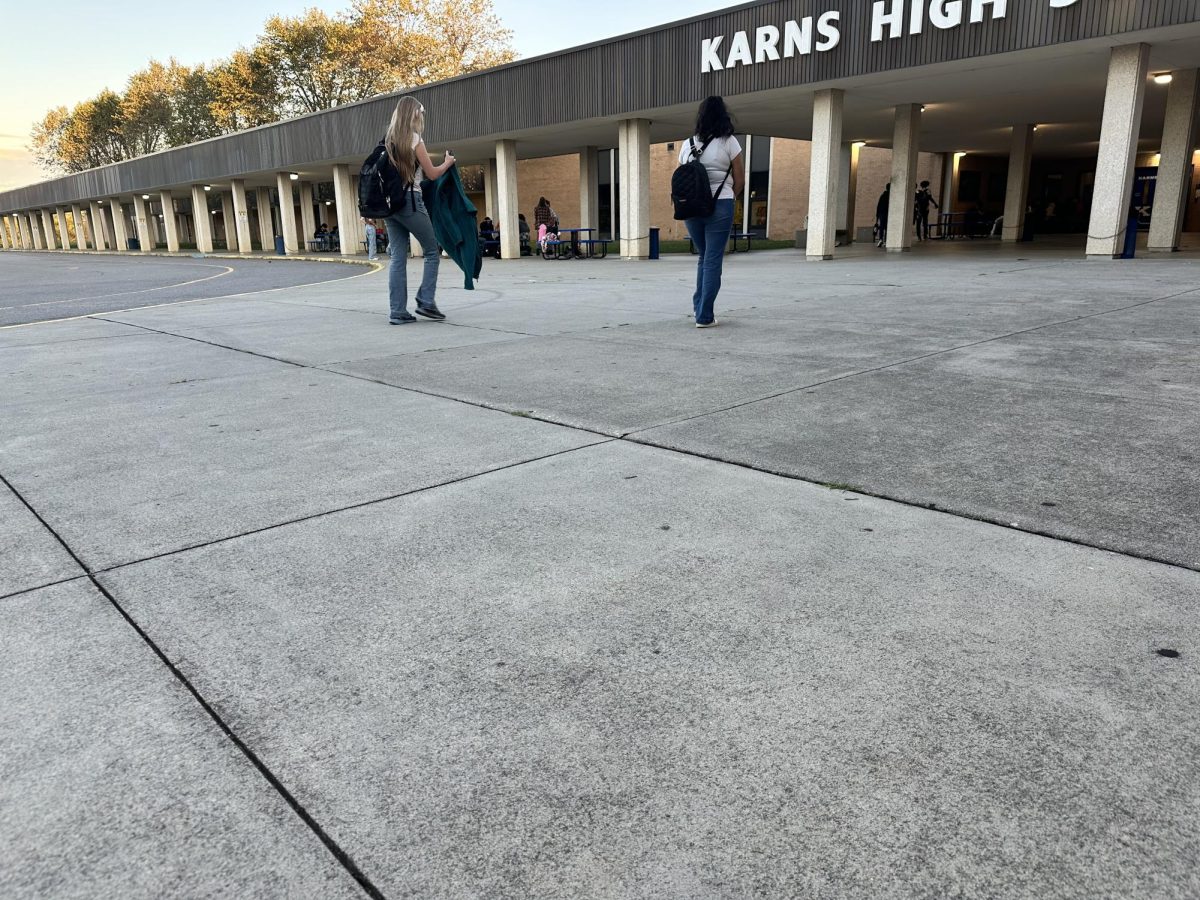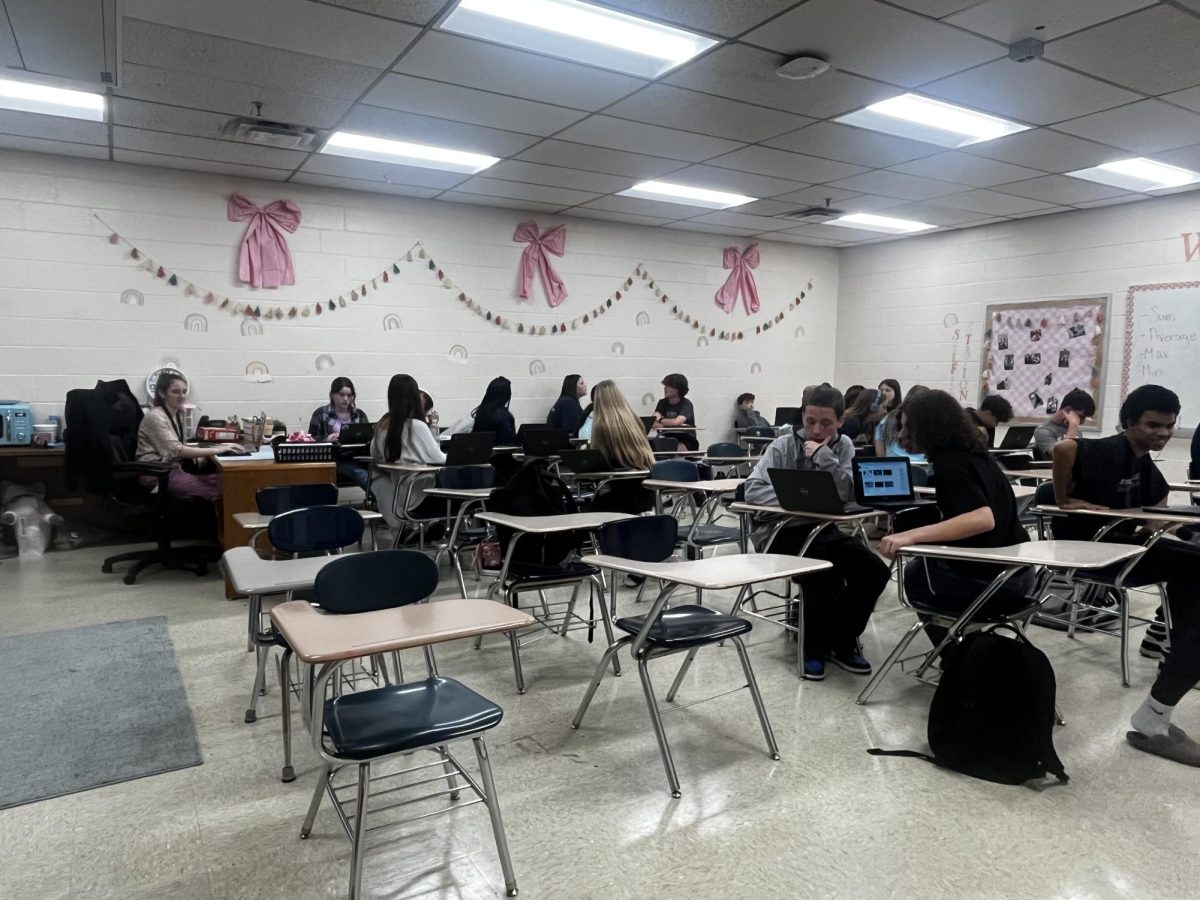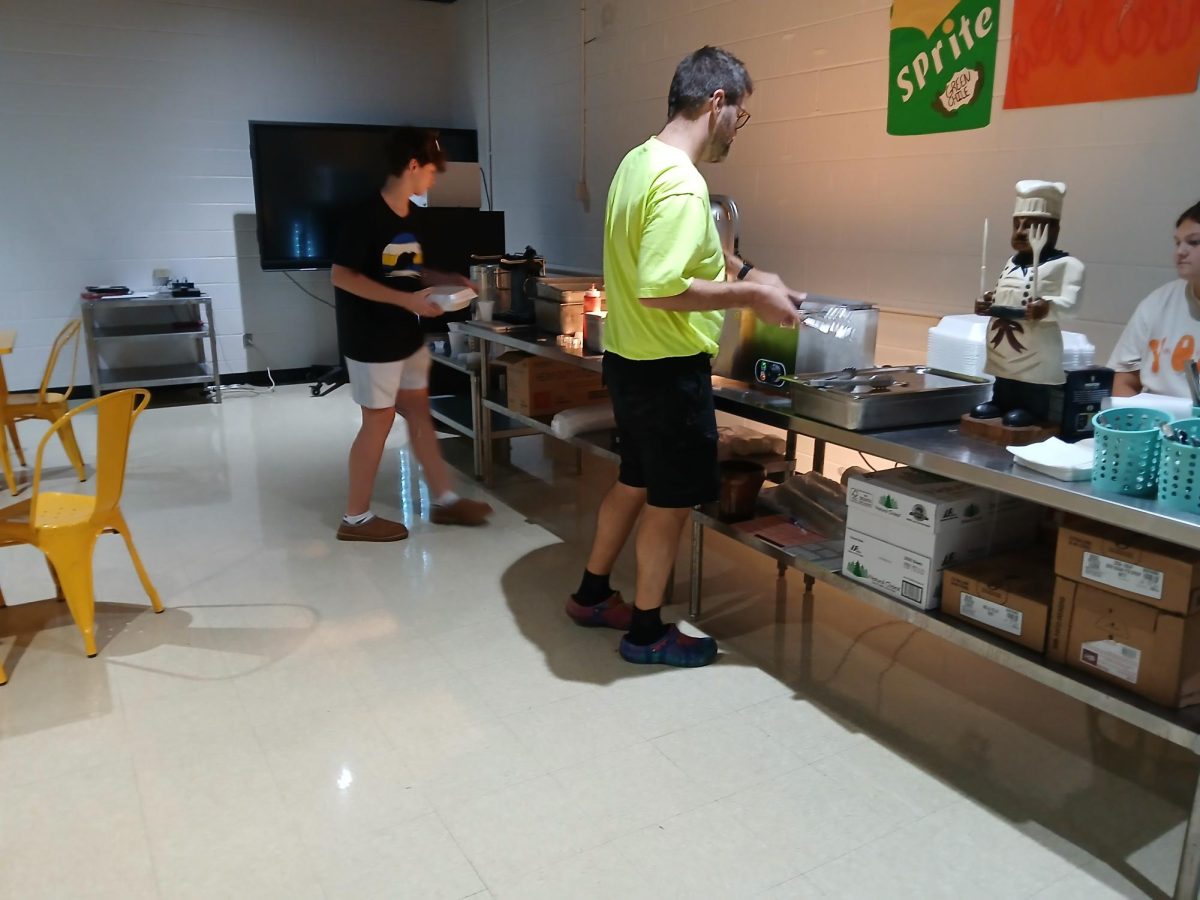American Sign Language (ASL) is a dynamic and expressive language used by deaf communities all over the world, and each country has its own style of ASL. It has its own grammatical structure, vocabulary, and cultural backgrounds that make it a unique and vibrant form of communication. Which is why Karns High School has decided to recently add ASL to its curriculum in the past year, to let students learn about this unique language.
“It feels exciting to be teaching young students ASL here at Karns because the younger they are and the younger they learn the language, the more retainable it can be for them,” said Brooke Peters the ASL teacher at Karns.
A deaf person teaching a non deaf class ASL can be more challenging than a hearing teacher teaching ASL to non deaf students.
“Teaching non-deaf students as being a deaf person is a whole different perspective to shine onto the deaf community, and how they communicate with non-deaf people in the world,” said Assistant professor at Maryville college Stephanie Procter.
One of the many key features of ASL is the expressive nature of it. The use of facial expressions and body movements helps to convey emotions and thoughts during conversation. This aspect of ASL enhances the abundance of vocabulary and depth of interactions between Deaf individuals, facilitating a more profound understanding and connection. Additionally, ASL is of cultural and regional value, adding further layers of complexity and meaning to the language.
“Traveling around the world and seeing all the different cultures and all the sign language diversities is so unique to see because it shows that this language has many varieties,” said a teacher at Maryland Secondary School for the Deaf Pearline Utley
The use of ASL is not only limited to the Deaf community. Many hearing individuals have recognized the importance and beauty of this silent language and have become proficient in ASL. This inclusivity creates a stronger sense of unity, acceptance, and understanding between the hearing and Deaf communities. ASL serves as a means of connection, promoting friendship, relationships, empathy, and cross-cultural awareness all over.



